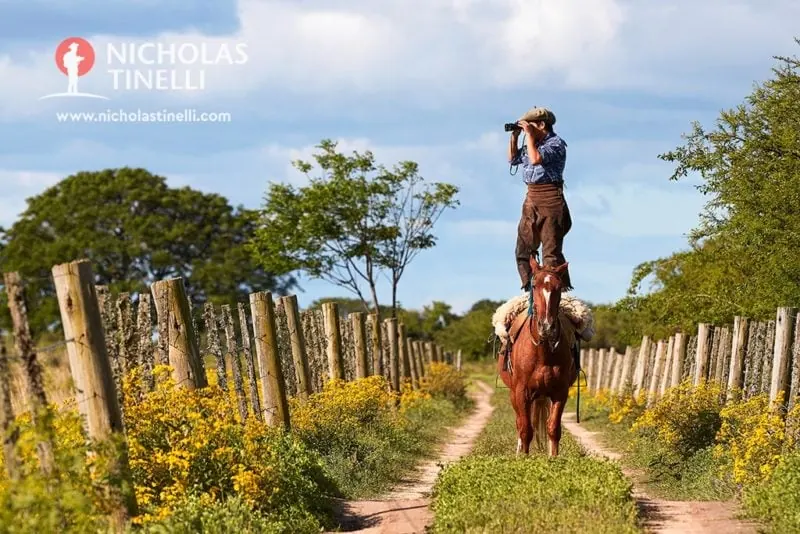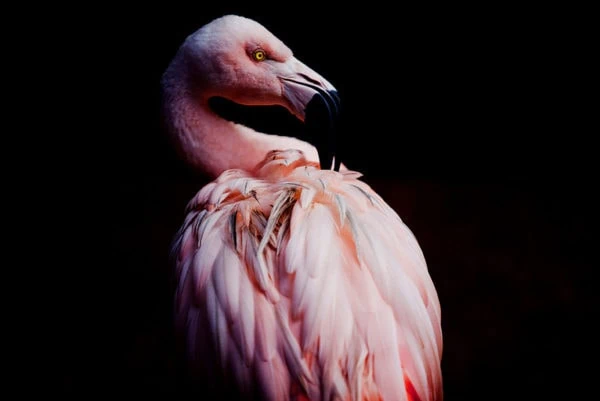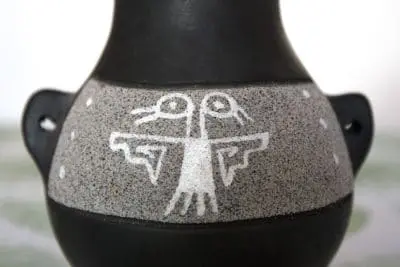If you have done an internet search on the subject, you will probably be even more confused than before. That’s why I decided to explain in simple words, in the following article, what are the differences between the two sensors currently most used in photography (Full Frame and APS-C).
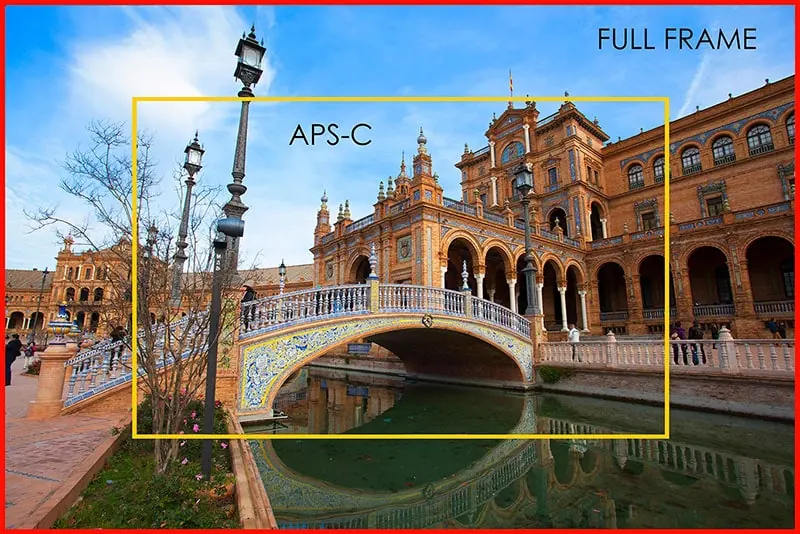
I will also talk about the “Crop Factor” and how it relates to the “Equivalent Focal Length“, without delving into other related aspects, such as the Depth of Field and the CoC (Circles of Confusion), technicalities that would end up confusing ideas unnecessarily.
In general, the higher-end digital SLRs or mirrorless cameras use Full Frame sensors, with a crop factor of 1x. On amateur or intermediate machines are usually mounted smaller APS-C (or other similar formats) sensors with a crop factor between 1.5x and 1.6x.
What are the substantial differences between the two types of sensors?
1. Sizes: the Full Frame, as I wrote earlier, is larger than the APS-C (36×24 mm the first, about 23×15 mm the second);
2. Quality and Noise: Larger sensors offer higher resolution and better performance when working at high ISO;
3. Costs: a Full Frame camera is sold at higher prices than an APS-C and is geared to professional use;
4. The crop factor: due to differences in sensor size. Below I will explain this point in detail:
What is the crop factor? How does it affect the equivalent focal length?
The Crop Factor is the magnitude relationship between a Full Frame sensor and a smaller one, such as the APS-C. Since the latter is smaller, the field of view of the lens (i.e. the angle that forms the frame) is reduced (as you can see in the example below).
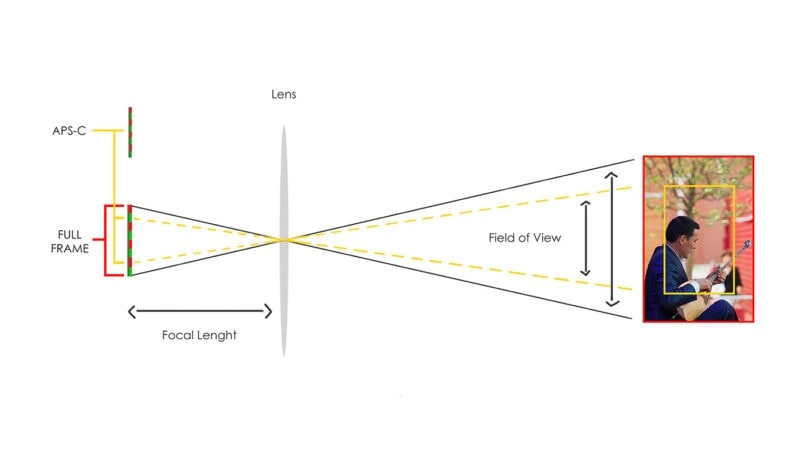
This factor is declared by the manufacturer and you can find it in the manual of your camera or with a quick search on Google. To get an idea of the portion of the scene that we will see in the frame, or rather, which lens we should use on a Full Frame to get the same angle of view, we can do a quick calculation:
Focal length x crop factor = Equivalent focal length
Simplifying:
With a smaller sensor size, the angle of view for a given focal length is narrower.
At a larger sensor size, the angle of view for a given focal is wider.
In the example below I photographed the same scene with two different sensors, a Canon 5DSR (Full Frame) and a Canon 7D Mark II (APS-C) using a tripod to maintain the same position and a focal length of 50mm. You can clearly see the reduction of the field angle in the second image.
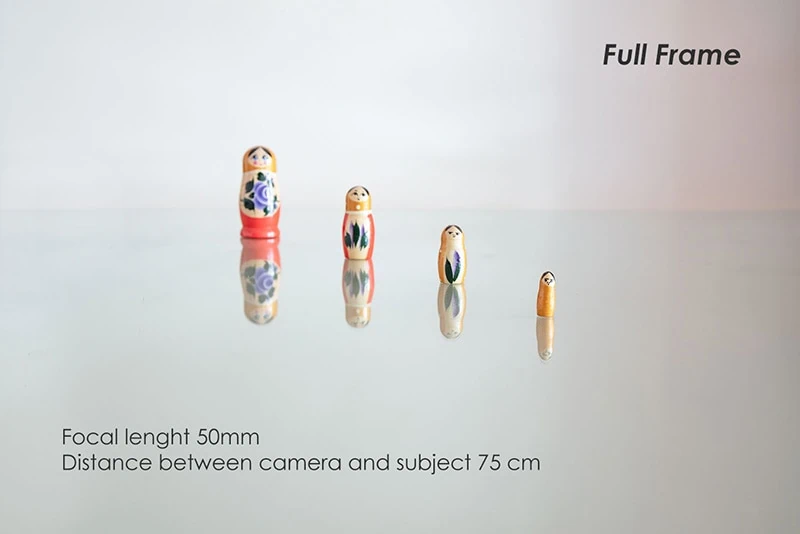
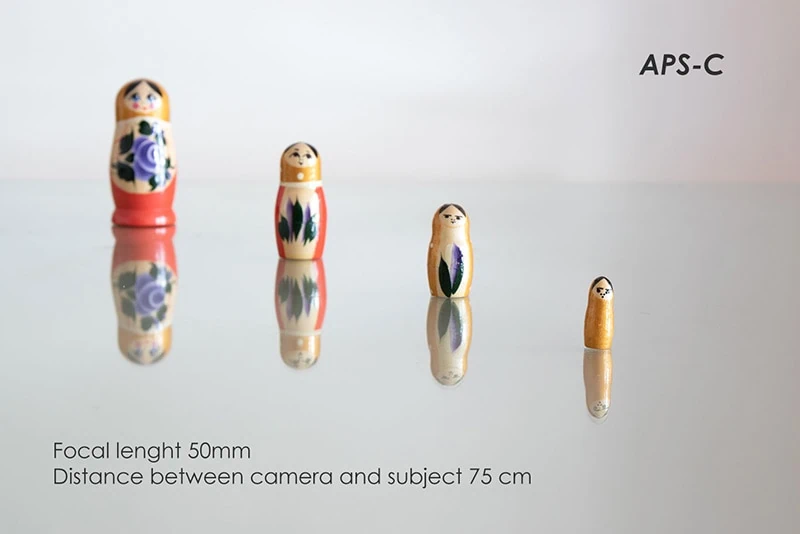
With a 50mm lens on an APS-C sensor, we observe a small angle of view, equivalent to the framing of a lens with a focal length of 75-80mm on a Full Frame sensor. The calculation is obtained by multiplying the focal length of the lens (50mm) by 1.5 or 1.6 (the crop factor).
It is important to know the sensor of your camera and the crop factor, especially if you have to buy a lens. In fact, returning to the example above, with a 50mm lens, on Full Frame the angle of view is equivalent to a “standard” lens, applied to a reduced sensor becomes a “telephoto” lens and on a larger sensor, such as the medium format, a “wide-angle”.
As for quality: a Full Frame sensor will undoubtedly allow for more detail thanks to the resolution and will give you more freedom in post-production on the image. This does not mean that you can not get great results with APS-C, at lower costs. It’s not so much the camera as our vision and creativity that makes an image special!


